Crypto onboarding in the United States is on the cusp of a dramatic transformation, driven by the passage of the Guiding and Establishing National Innovation for U. S. Stablecoins Act (GENIUS Act) in July 2025. This landmark legislation delivers long-awaited regulatory clarity for stablecoin issuers, exchanges, and everyday users. For anyone considering entering the crypto market or expanding their digital asset portfolio, understanding these changes is now essential.

GENIUS Act: The New Foundation for Stablecoin Regulation
The GENIUS Act establishes a comprehensive federal framework for stablecoins – cryptocurrencies pegged to fiat assets like the U. S. dollar. Under the law, all payment stablecoins offered to U. S. consumers must be backed 1: 1 by cash or low-risk government securities and subject to regular independent audits. This eliminates much of the opacity that previously surrounded reserves and solvency in popular stablecoins.
For investors and new users, this means increased confidence in stablecoin reliability. The days of worrying whether your digital dollars are truly redeemable are fading fast. The statute also mandates robust consumer protection mechanisms, including clear redemption rights and transparent disclosures – a major step forward from the patchwork of state-level rules that previously governed these assets.
Implications for Crypto Onboarding in 2025
Onboarding into crypto – whether buying your first stablecoin or moving funds into an exchange – will look different under this new regime. Here are several key shifts:
How the GENIUS Act Will Transform Crypto Onboarding
-
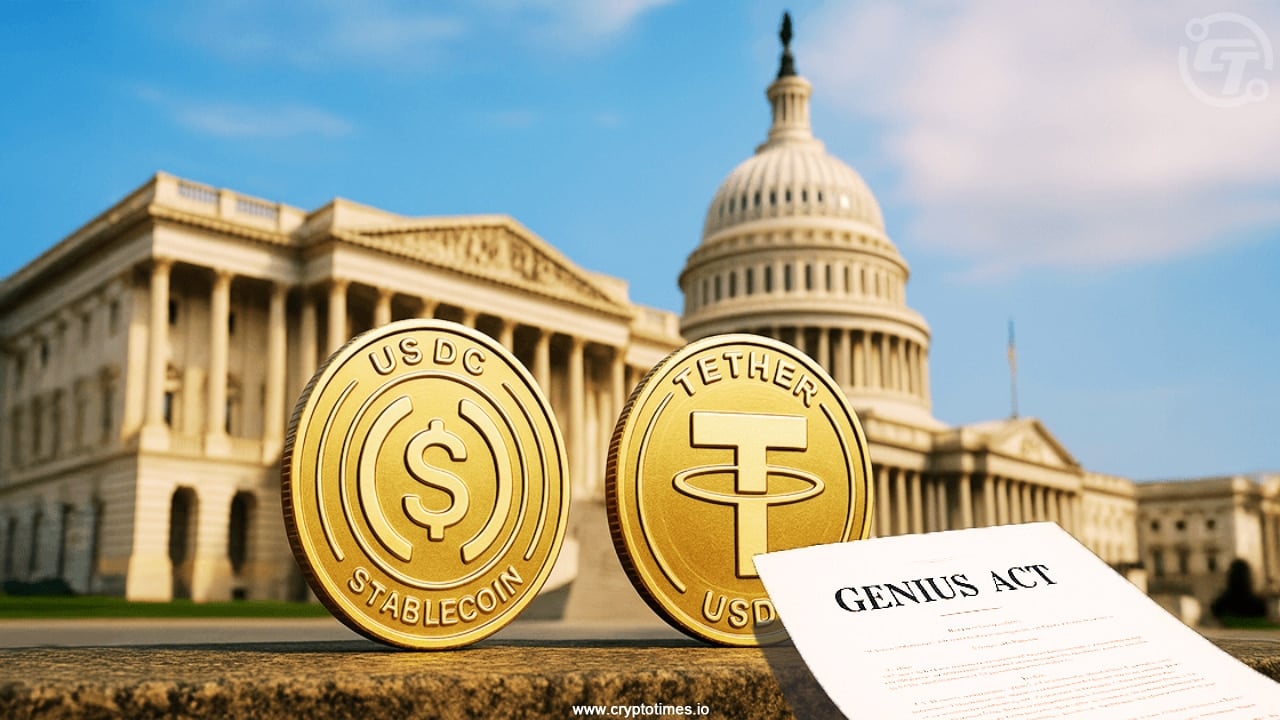
Mandatory One-to-One Stablecoin Backing: The GENIUS Act requires all payment stablecoins to be backed one-to-one by U.S. dollars or approved low-risk assets, ensuring greater transparency and reducing the risk of de-pegging for new crypto users.
-

Federal Oversight of Stablecoin Issuers: Only entities meeting strict federal standards—such as regular audits and reserve management—can issue payment stablecoins, leading to increased trust for users onboarding through regulated platforms.
-

Enhanced KYC and AML Requirements: Exchanges and wallet providers must implement stronger Know Your Customer (KYC) and Anti-Money Laundering (AML) procedures, making the onboarding process more secure and compliant.
-

Consolidation of Available Stablecoins: Non-compliant stablecoins will be phased out, with only federally approved stablecoins—such as Tether’s upcoming USAT—available for onboarding, simplifying choices for new users.
-

Stronger Consumer Protections: The Act introduces robust consumer safeguards, including clear disclosures and recourse mechanisms, making it safer for first-time crypto participants to enter the market.
KYC and AML Standards: Exchanges and wallet providers must now implement enhanced Know Your Customer (KYC) and Anti-Money Laundering (AML) checks when onboarding users who wish to buy or hold regulated stablecoins. While this adds friction compared to earlier years, it also protects users from fraud and aligns crypto more closely with traditional finance standards.
Stablecoin Selection Narrows: Only coins issued by entities meeting federal criteria will remain widely available on U. S. -based platforms. Already, industry leaders like Tether have announced U. S. -compliant offerings such as “USAT” specifically tailored to GENIUS standards (Reuters, September 2025). Non-compliant coins are being delisted or restricted, leading to consolidation but also higher quality options for buyers.
The Compliance Challenge: Opportunities and Growing Pains
The GENIUS Act opens up issuance rights not only to banks but also qualified non-bank public institutions, provided they maintain strict reserve management protocols. This broadens participation but sets a high bar for compliance – regular audits, public reporting, and adherence to federal oversight are now non-negotiable.
This shift is already reshaping the competitive landscape among stablecoin providers. Smaller issuers face significant hurdles adapting their operations; however, those who do may benefit from newfound legitimacy and market access. For users seeking safe entry points into crypto, these changes mean fewer but more trustworthy choices at onboarding.
For crypto exchanges and wallet platforms, the GENIUS Act’s requirements mean extensive upgrades to compliance infrastructure. Automated KYC/AML checks are being rolled out industry-wide, and onboarding flows now include clear educational modules about user rights, redemption guarantees, and risk disclosures. This is a marked departure from the “buyer beware” era that characterized early stablecoin adoption.
Consumer protection is front and center. Under the new law, users have legally enforceable rights to redeem their stablecoins at face value. Federal oversight ensures that issuers cannot quietly change reserve policies or redemption terms without public notice and regulatory approval. This brings stablecoins much closer to regulated money market funds in terms of transparency and safety.
Practical Tips for Onboarding: Navigating Stablecoin Compliance in 2025
For those new to digital assets, or returning after a hiatus, here’s how to approach crypto onboarding under the GENIUS Act:
Stablecoin Compliance Tips for Buyers in 2025
-
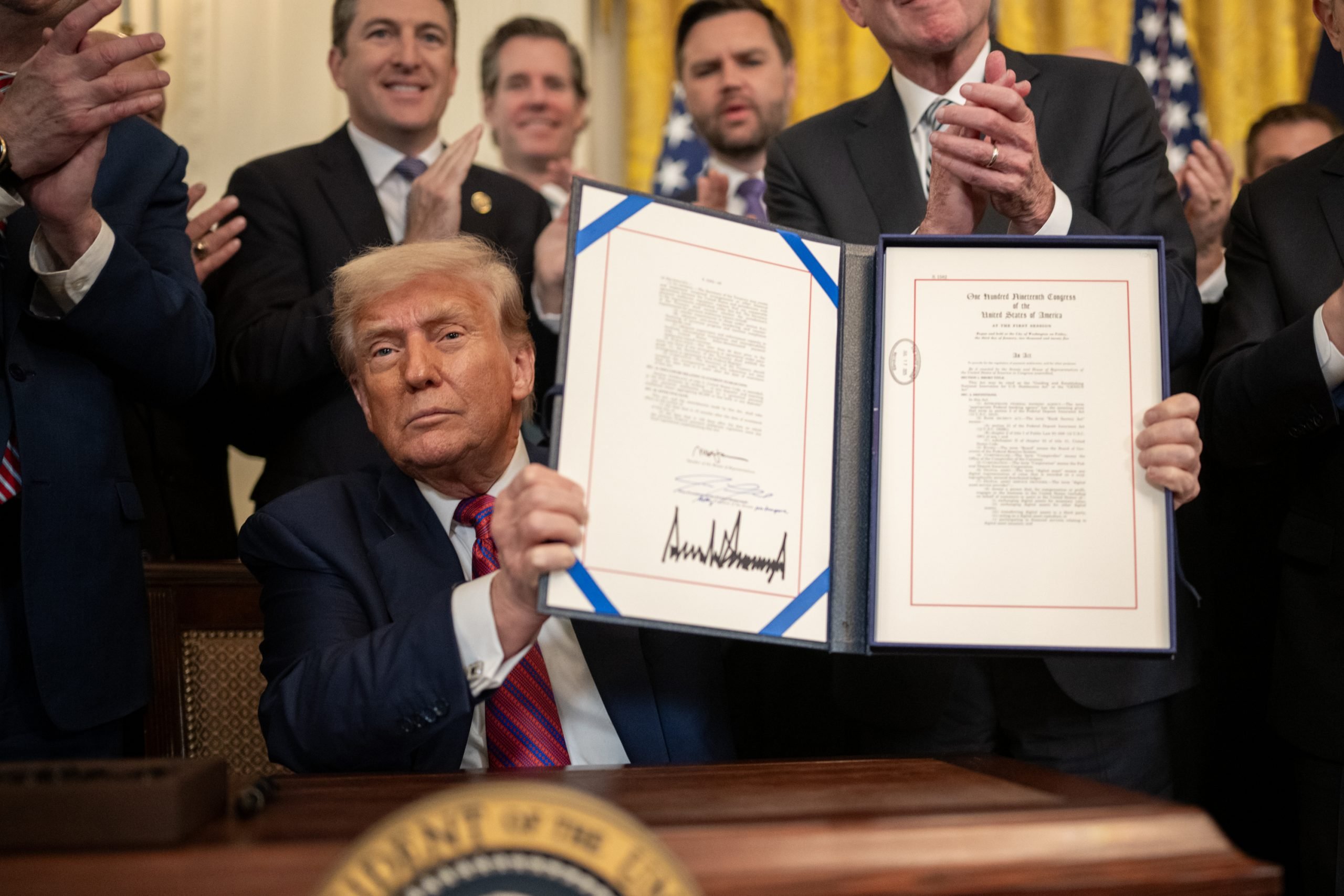
Verify GENIUS Act Compliance of Stablecoin Issuers: Only purchase stablecoins from issuers that are officially registered and compliant with the GENIUS Act. Look for clear disclosures on issuer websites and check for federal registration status before transacting.
-

Check for 1:1 Reserve Backing and Audit Reports: Ensure the stablecoin is backed one-to-one by U.S. dollars or approved low-risk assets, as mandated by the GENIUS Act. Review third-party audit reports, which should be published regularly by reputable firms.
-
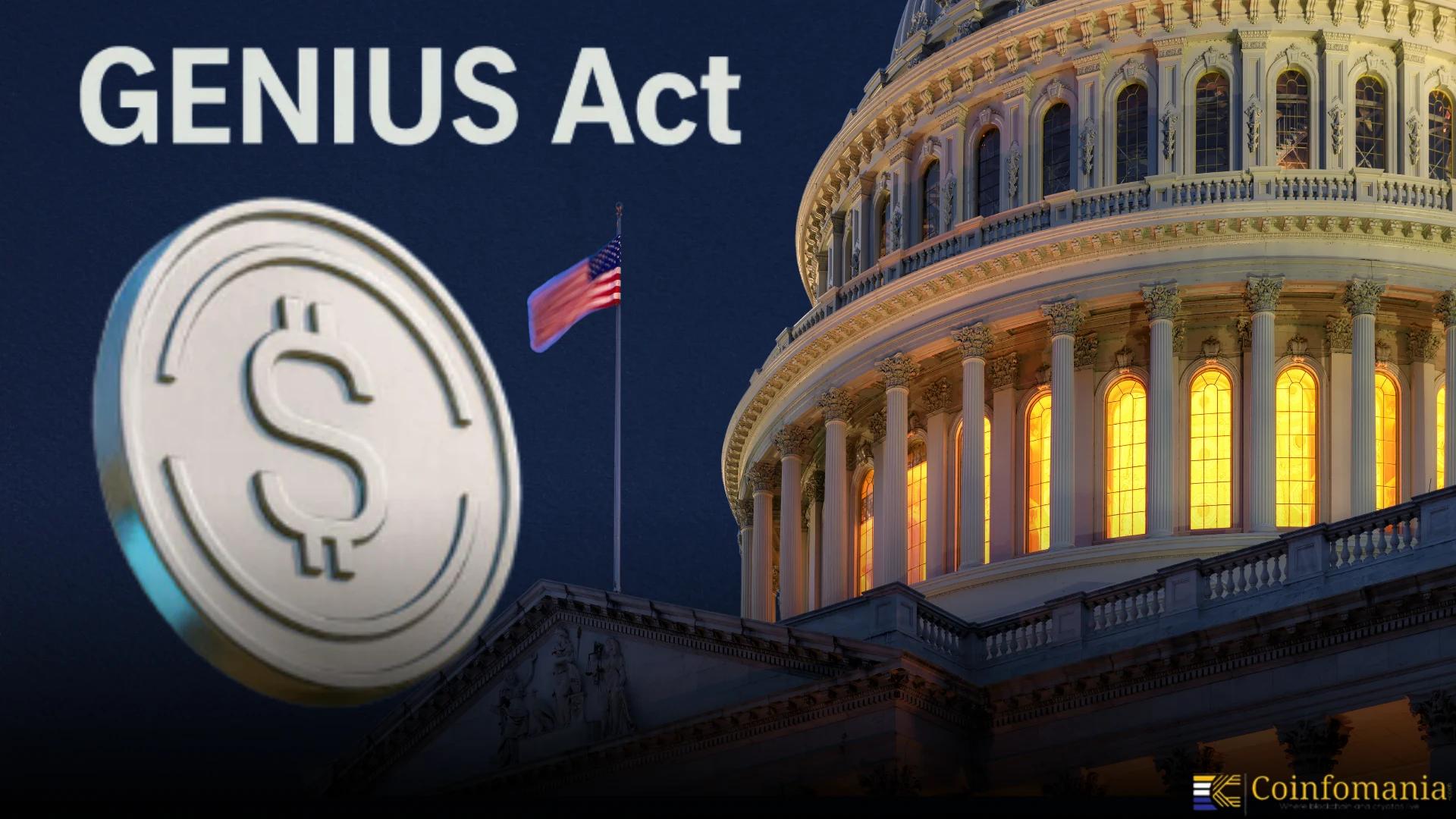
Use Reputable and Regulated Exchanges: Buy stablecoins through exchanges that have adapted to the GENIUS Act’s requirements, such as Coinbase, Kraken, or Gemini. These platforms are prioritizing compliance and enhanced consumer protections.
-
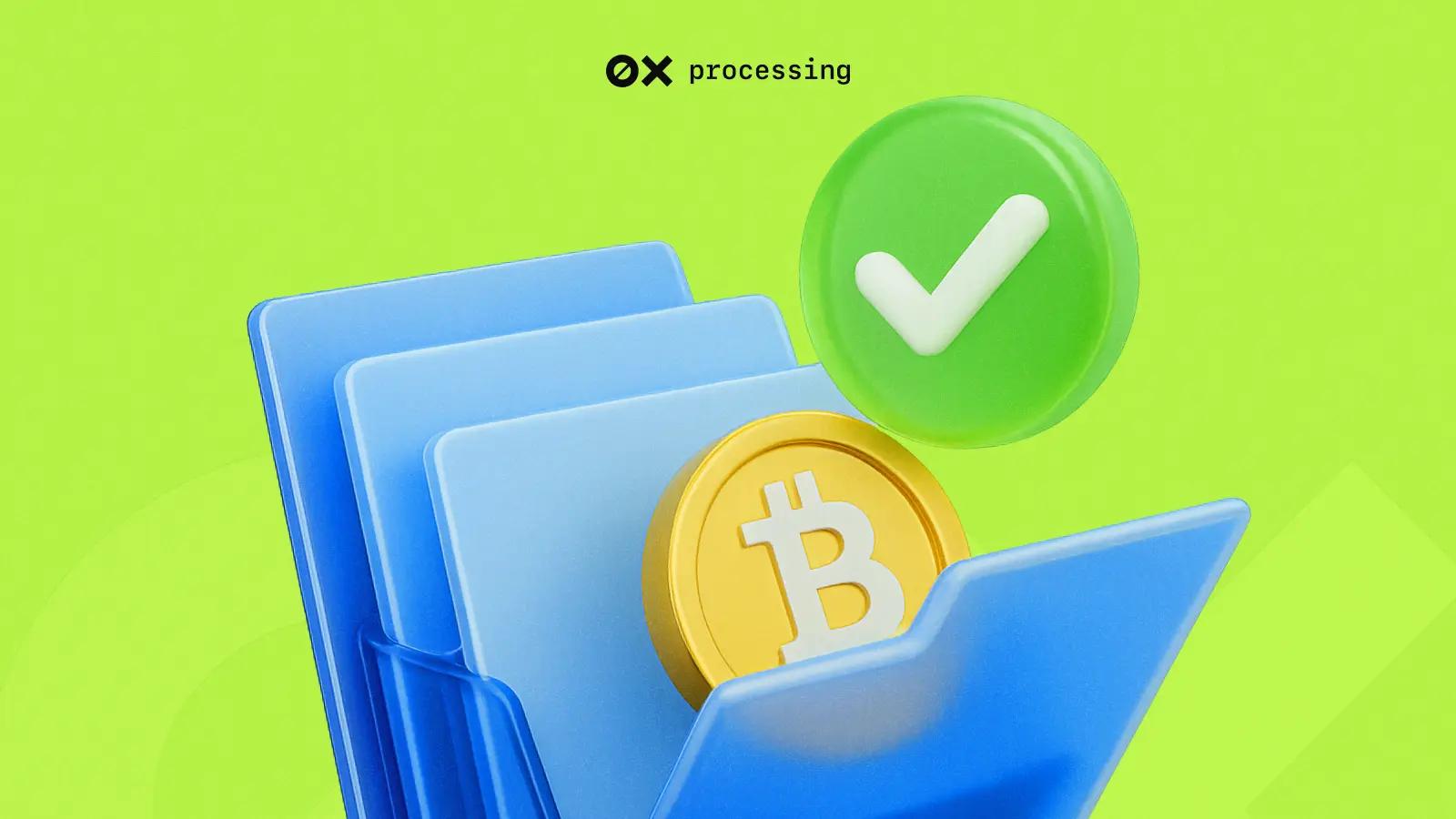
Prioritize Enhanced KYC and AML Procedures: Be prepared for stricter identity verification and anti-money laundering checks. Compliant platforms will require updated documentation and may implement additional security steps for onboarding.
-
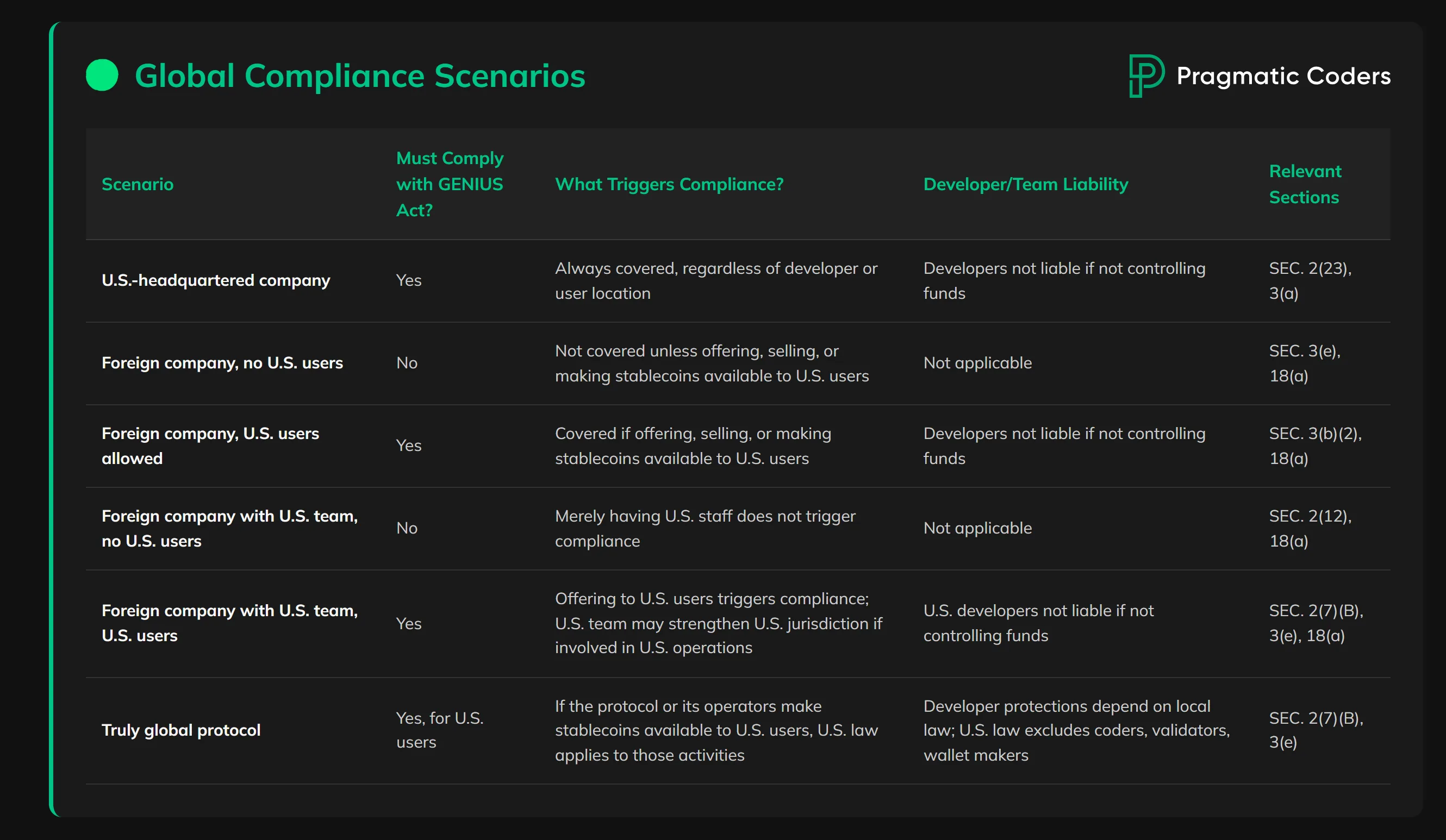
Monitor Approved Stablecoin Lists: Refer to official lists published by federal regulators or industry associations to confirm which stablecoins are authorized under the GENIUS Act. Avoid transacting with tokens not on these lists, as they may be phased out.
-

Review Consumer Protection Policies: Confirm that the stablecoin issuer offers robust consumer protection, including clear recourse for lost or stolen funds, as required by the GENIUS Act. Look for transparent dispute resolution processes and customer support channels.
-

Stay Updated on Regulatory Changes: The regulatory landscape is evolving. Subscribe to updates from the U.S. Department of the Treasury, SEC, or trusted crypto news outlets to remain informed about new compliance requirements or changes affecting stablecoin usage.
Expect most leading U. S. -based exchanges to feature only GENIUS-compliant stablecoins such as USAT. When onboarding, you’ll be prompted for more detailed identity verification than in prior years, have your documents ready. Take advantage of new educational resources provided by platforms; many now offer step-by-step guides as part of their onboarding process.
It’s also wise to review regular audit reports published by your chosen stablecoin issuer. These are now mandatory under federal law and offer direct insight into reserve sufficiency and operational soundness.
Winners and amp; Losers: The New Crypto Onboarding Landscape
The GENIUS Act is already prompting industry consolidation. Non-compliant coins are losing listings on major platforms, while compliant issuers gain market share and user trust. For users, this translates into a smaller but safer menu of options when buying or transferring value on-chain.
Major players like Tether have quickly adapted with new products tailored for U. S. compliance, a trend likely to accelerate as other global issuers seek access to American markets. Smaller startups may struggle with the cost of compliance but could find opportunities by partnering with larger institutions or focusing on niche use cases within the regulatory perimeter.
The Bottom Line for Crypto Onboarding in 2025
The passage of the GENIUS Act marks a decisive shift toward mature, transparent stablecoin markets in the United States. For users entering crypto today, onboarding may feel more formal, but it’s also far safer and more predictable than ever before.
This regulatory clarity is expected to drive mainstream adoption, lower systemic risks, and make digital dollars a fixture in both retail portfolios and business transactions alike. The days of “wild west” onboarding are ending, replaced by a robust framework designed to foster innovation while protecting consumers at every step.



